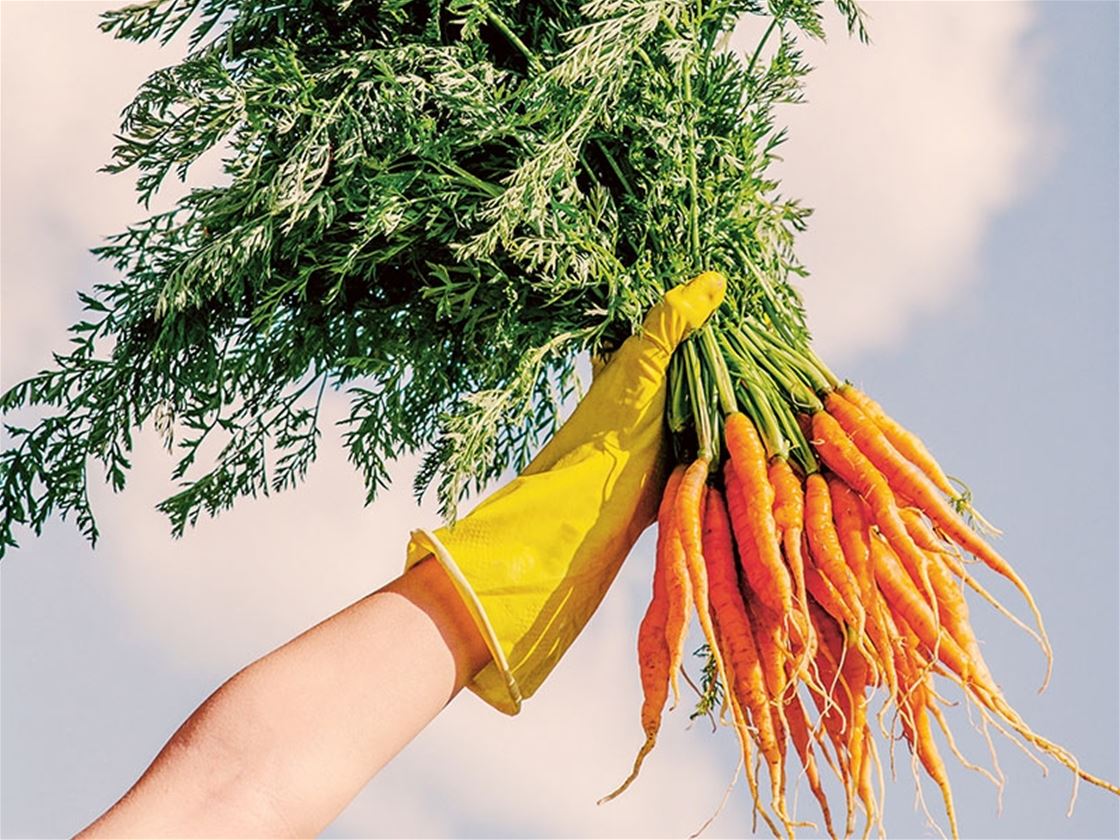gardening for climate change
A few tips for building an Earth-friendly backyard.
A few handy-dandy tips for building an Earth-friendly backyard.

CONSIDER YOUR SOIL Before you think too hard about which plants to whack in your garden, it’s worth spending some time considering the soil itself. Give it a boost with some organic compost (simple scraps from your kitchen will do the trick), which holds moisture for longer, plies your plants with health-bringing nutrients, and traps atmospheric carbon dioxide (CO2), a harmful greenhouse gas. Avoid excessive digging and tilling, as it releases that CO2 back into the air. As for fertilisers, use them sparingly – especially chemical-filled varieties. Most contain nitrogen, made by burning lots of natural gas, and release nitrous oxide – a major contributor to global warming – as they break down.
CHOOSE PLANTS WISELY Though any plant you add to your garden will help increase oxygen in the atmosphere, some types are more climate change-friendly than others. Drought-tolerant species like wattle, lavender, bougainvillea and any succulent won’t guzzle up loads of water; meanwhile, plants that are native to your area will adapt well and provide food for local wildlife. Most important is to create a varied, thriving ecosystem featuring annuals, perennials, shrubs and trees. Precious pollinators like birds, bugs and bees won’t be able to keep away, and your garden – plus the broader environment – will be all the stronger for it.
BUILD A BEE HOTEL Speaking of bees – those fuzzy, buzzy critters play a vital role in pollinating our gardens, so you might like to whip them up a place to stay (an AirBeeNBee, if you will). Find somewhere sheltered, slightly elevated and close to water and pollen-rich plants, then it’s time to begin construction. You’re best off sticking to natural materials like logs, timber, clay and bamboo, drilling deep holes of different sizes so any bee can fit. They’ll also happily nest in mounds of twigs and bark – but if you go down that path, make sure your ground-level hotel is out of the way, safe from errant pets and big, stomping feet.
LOCATION, LOCATION What if we told you the placement of greenery in your garden could affect the size of your energy bills? Shelter from well-positioned trees or hedges can act as insulation in winter, reducing the impact of chilly winds on your home and giving you less reason to pump your ducted heating (and thus, spew carbon dioxide into the atmosphere). In summer, extra shade leads to cooler, aircon-free days – a simple and energy-efficient way to take on the crazy temperatures caused by climate change.
You'll find even more eco-friendly gardening tips in frankie issue 91, out now. Track down your closest stockist, or subscribe from $10.50.

